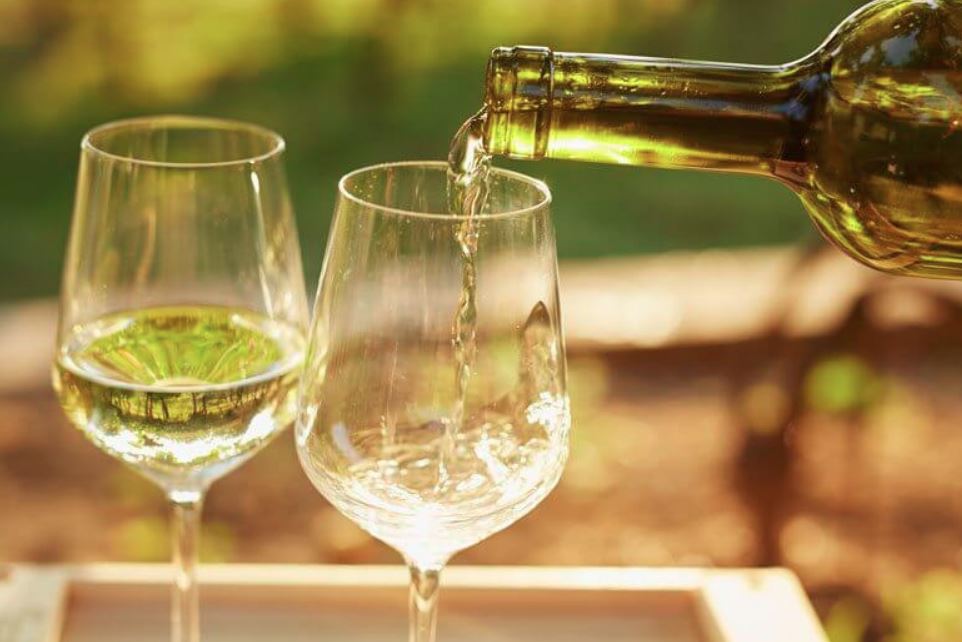
The Science Behind Wine: How Grapes Become Liquid Gold
Wine is often described as “liquid gold,” captivating people with its vibrant colors, rich aromas, and complex flavors. But have you ever wondered how those humble grapes transform into this exquisite beverage? In this blog post, we will explore the science behind winemaking and uncover the secrets of how grapes become liquid gold.

How Grapes Become Liquid Gold
1. The Art of Vineyard Management
The journey of a grape from the vineyard to the wine glass begins with careful vineyard management. Factors like climate, soil type, and grape variety play a crucial role in determining the characteristics of the final wine. Vintners employ scientific techniques to ensure optimal grape growth, such as soil analysis, vine canopy management, and irrigation control.
2. Harvesting at the Perfect Moment
Timing is everything when it comes to grape harvesting. Vintners carefully monitor sugar levels, acidity, and phenolic ripeness to determine when the grapes are at their peak flavor and balance. This part of the winemaking process requires a delicate balance between science and intuition, as each grape variety has its own unique characteristics and ideal harvest date.
3. Crushing and Pressing
Once the grapes are harvested, they undergo crushing and pressing to extract the precious juice. This process can vary depending on the desired style of wine. For white wines, the grapes are typically gently pressed to separate the juice from the skins and seeds. Red wines, on the other hand, are made by fermenting the juice with the skins to extract color, tannins, and flavors.
4. Fermentation: Yeast’s Magic
Fermentation is the magical moment where grape juice transforms into wine. Yeast plays a significant role in this process, as it converts the naturally occurring sugars in the juice into alcohol through the process of alcoholic fermentation. The type of yeast and fermentation temperature can influence the flavor, aroma, and structure of the resulting wine.
5. The Art of Aging
After fermentation, some wines go through an aging process to further develop their flavors and complexity. This can take place in stainless steel tanks, oak barrels, or a combination of both. During aging, the wine undergoes chemical reactions that soften tannins, integrate flavors, and impart desirable qualities such as vanilla or toasted notes from the oak.
6. Bottling and Beyond
The final step in the winemaking process is bottling. Wines can be filtered or left unfiltered, depending on the desired style. Once bottled, wine continues to evolve, with some varietals benefitting from additional aging in the bottle. Proper storage conditions, such as temperature and humidity control, are essential for preserving the wine’s quality over time.
Conclusion
Winemaking is a beautiful blend of art and science. From vineyard management to fermentation and aging, every step in the process contributes to the transformation of humble grapes into liquid gold. Next time you raise a glass of wine, take a moment to appreciate the intricate science behind it, as it is this science that allows us to savor the complexity and beauty of this remarkable beverage.


